What next for Clandon Park? Time to breathe life back into this great house
Simon Jenkins, former chairman of the National Trust, considers the next steps for Clandon Park in Surrey, two years after the fire that reduced it to a ruin.
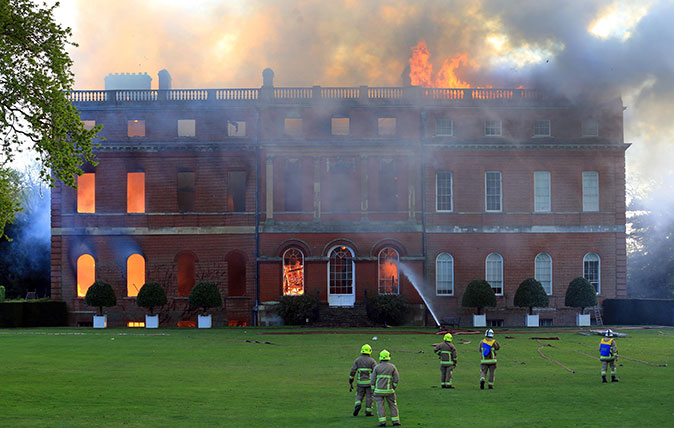

What should be done with Clandon? Two years have now passed since fire destroyed most of the interior of this superlative Georgian mansion. Two weeks ago, a shortlist of six architects was announced for its restoration. However, as this magazine’s Architectural Editor, John Goodall, indicated in Country Life last month, choosing an architect is one thing, deciding what they do next is another.
As all buildings grow old, and some come close to death, these choices are never easy. Most great houses, like great churches, reflect many periods in their history and are the more intriguing for it. Where would the Norman cathedrals of Gloucester or Exeter be without the Goths?
However, every restoration requires a decision. The National Trust, owner of Clandon, inherited Seaton Delaval in Northumberland in 2009 and left it a fire-gutted ruin. It did likewise to Nymans in West Sussex. On the other hand, it restored fire-ravaged Uppark in West Sussex in 1989.
To me, not restoring Giacomo Leoni’s Palladian masterpiece is unthinkable, but how extensive restoration should be is another question. The world of conservation argues endlessly over significance, authenticity and pastiche. Such airy concepts are already plaguing the issue of reinstating post-ISIS Palmyra. There is no truth in this, only fashion – and fashions change. The Victorians rebuilt with gusto. The 20th century preferred ‘conserve as found’ and the cult of the stabilised ruin. In 2012, the Landmark Trust broke ranks and returned derelict Astley Castle to useful occupation with a Modernist makeover.
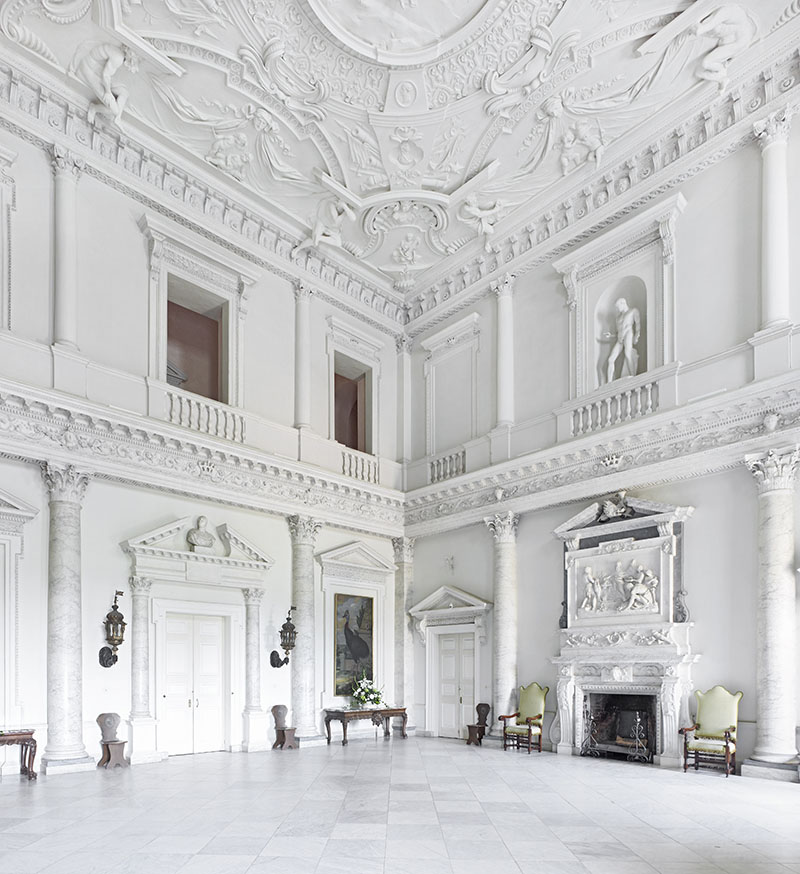
During my time at the National Trust, I was eager to ‘bring buildings back to life’, in some sense of that easily clichéd phrase. Most English houses, great and small, were designed to be a mix of habitation, display and entertainment. I felt how this was done should be a matter for the creative imagination of curators, custodians and visitors.
Art history is a dogmatic discipline, for the sound reason that all restoration destroys something, even if it is just the veneer of time. At Clandon, 95% of the interior is gone, although the walls still stand. To Dr Goodall, ‘the qualities that imbued this property with significance have been almost entirely lost’. If this word significance is so critical, why indeed build a facsimile?
The answer is that the reinstated ground floors at Clandon would be utterly beautiful, a word far more potent than the scholar’s ‘significant’. Clandon’s interior would still be by Leoni, even if executed in 2017 rather than the 1720s. It would include one of the finest Palladian entrance halls in England, containing Atari’s sensational ceiling and Rysbrack’s fireplaces, to Pevsner ‘among the best he ever did’. There should be no argument.
Sign up for the Country Life Newsletter
Exquisite houses, the beauty of Nature, and how to get the most from your life, straight to your inbox.
More problematic is the handling of the upper floors and service quarters. Ever since the re-presentation of Cornwall’s Lanhydrock House in 1970s Upstairs Downstairs mode, visitor interest in houses has moved from the display rooms to their inner workings, to the kitchens and servants’ quarters.
The National Trust has a vast number of empty rooms in its properties, many handicapped by an excessive respect for buildings archaeology. Old houses should renew themselves, provided it is appropriate to their original purpose and in a style that does not clash with or diminish their visual integrity.
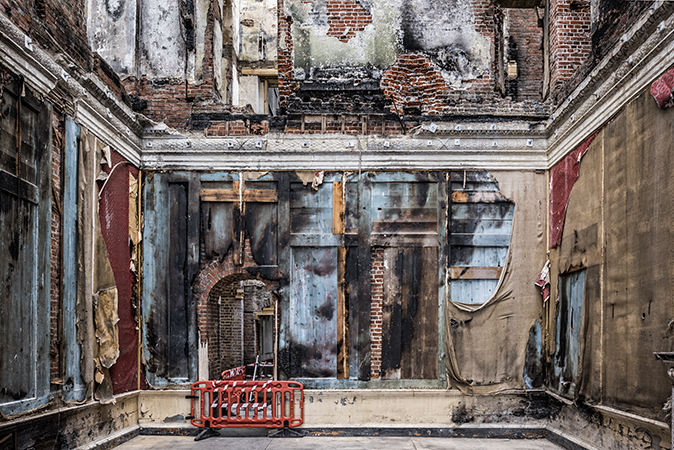
I can see no reason why areas of Clandon could not be lived in. Occupation breathes life into a place, as do events, exhibitions and education. In a crowded landscape, these houses are natural magnets for living and leisure alike. The one sign of failure in a great house is gaunt emptiness.
What Clandon needs is swift decision, not just a request for ‘ideas and suggestions’. The Trust’s Barrington Court in Somerset has been trapped by such indecision for a decade, left to boast only its empty ‘atmosphere’, whatever that is.
The contrast is glaring with the buzz of places such as Allan Bank or Wray in the Lake District or Vaughan Williams’s Leith Hill Place in Surrey. Here, visitors are free to take over rooms, picnic, read, paint and make music. There is a flexibility and delight to be found in the parts of houses that may ‘lack significance’. People can make of them what they will.
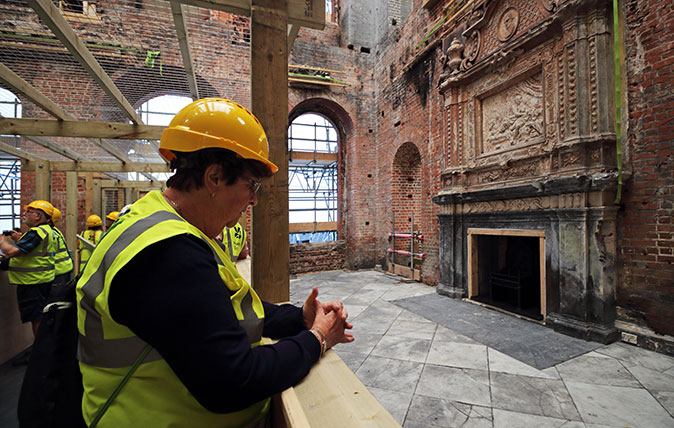
The character of most historic buildings lies in their evolution, mishaps and all, and in the decisions taken on their regular renewal. All houses were once modern, just as all houses one day grow old. Dr Goodall forecasts that the Trust’s decision on Clandon ‘has to upset someone’ and may ‘simply end up annoying everyone’.
Perhaps so, for the moment. However, the new Clandon cannot be the old Clandon. It will be typical of most great houses, facing a new chapter in what we hope is an eternal history.
Simon Jenkins was chairman of the National Trust from 2008 to 2014
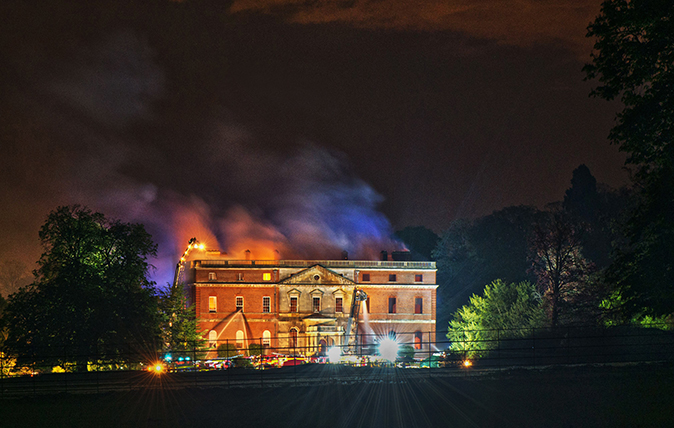
Clandon Park after the fire: The National Trust’s largest ever reconstruction project
Untangling the Gordian Knot.
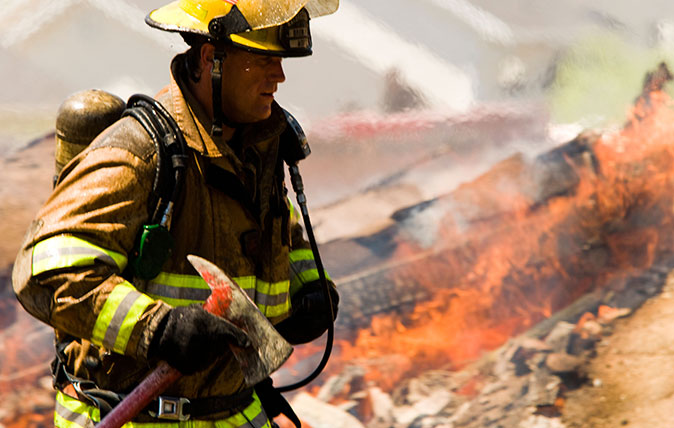
Credit: Alamy
How to fireproof your country house
Just thinking about it is enough to get any country-house owner hot under the collar, but when it comes to
Country Life is unlike any other magazine: the only glossy weekly on the newsstand and the only magazine that has been guest-edited by HRH The King not once, but twice. It is a celebration of modern rural life and all its diverse joys and pleasures — that was first published in Queen Victoria's Diamond Jubilee year. Our eclectic mixture of witty and informative content — from the most up-to-date property news and commentary and a coveted glimpse inside some of the UK's best houses and gardens, to gardening, the arts and interior design, written by experts in their field — still cannot be found in print or online, anywhere else.
-
 In all its glory: One of Britain’s most striking moth species could be making a comeback
In all its glory: One of Britain’s most striking moth species could be making a comebackThe Kentish glory moth has been absent from England and Wales for around 50 years.
By Jack Watkins
-
 Could Gruber's Antiques from Paddington 2 be your new Notting Hill home?
Could Gruber's Antiques from Paddington 2 be your new Notting Hill home?It was the home of Mr Gruber and his antiques in the film, but in the real world, Alice's Antiques could be yours.
By James Fisher
-
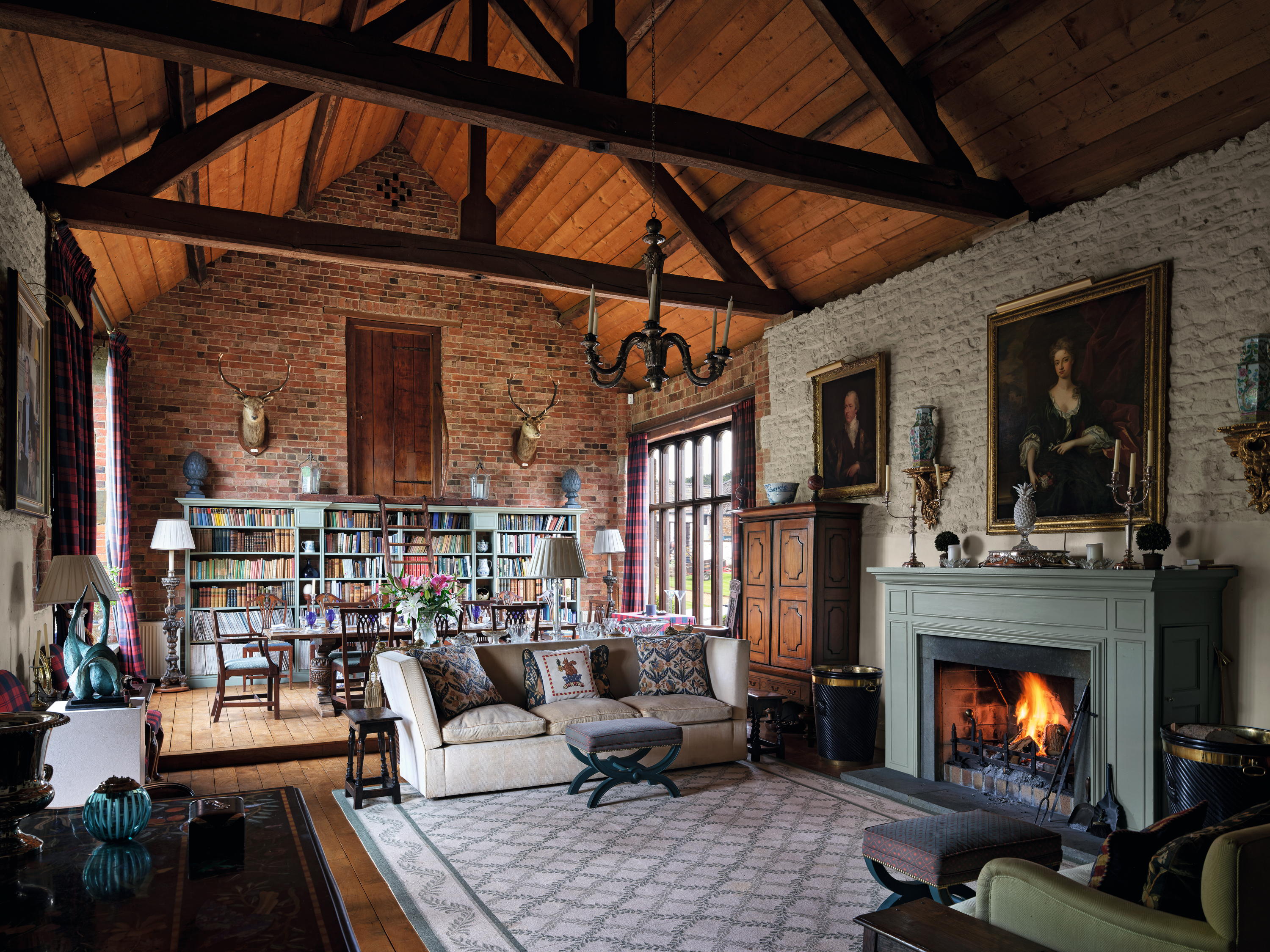 High Wardington House: A warm, characterful home that shows just what can be achieved with thought, invention and humour
High Wardington House: A warm, characterful home that shows just what can be achieved with thought, invention and humourAt High Wardington House in Oxfordshire — the home of Mr and Mrs Norman Hudson — a pre-eminent country house adviser has created a home from a 300-year-old farmhouse and farmyard. Jeremy Musson explains; photography by Will Pryce for Country Life.
By Jeremy Musson
-
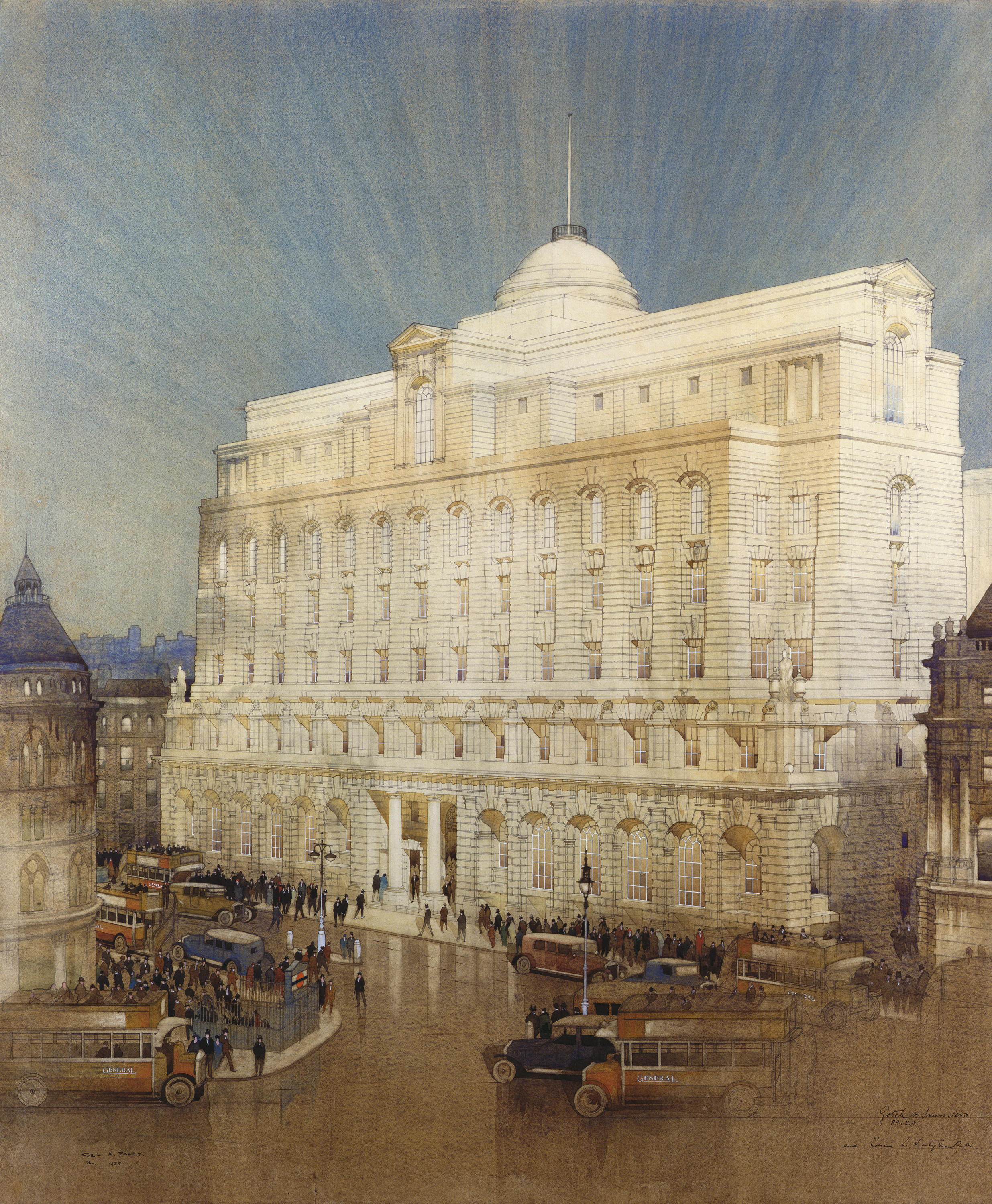 Sir Edwin Lutyens and the architecture of the biggest bank in the world
Sir Edwin Lutyens and the architecture of the biggest bank in the worldSir Edwin Lutyens became the de facto architect of one of Britain's biggest financial institutions, Midland Bank — then the biggest bank in the world, and now part of the HSBC. Clive Aslet looks at how it came about through his connection with Reginald McKenna.
By Clive Aslet
-
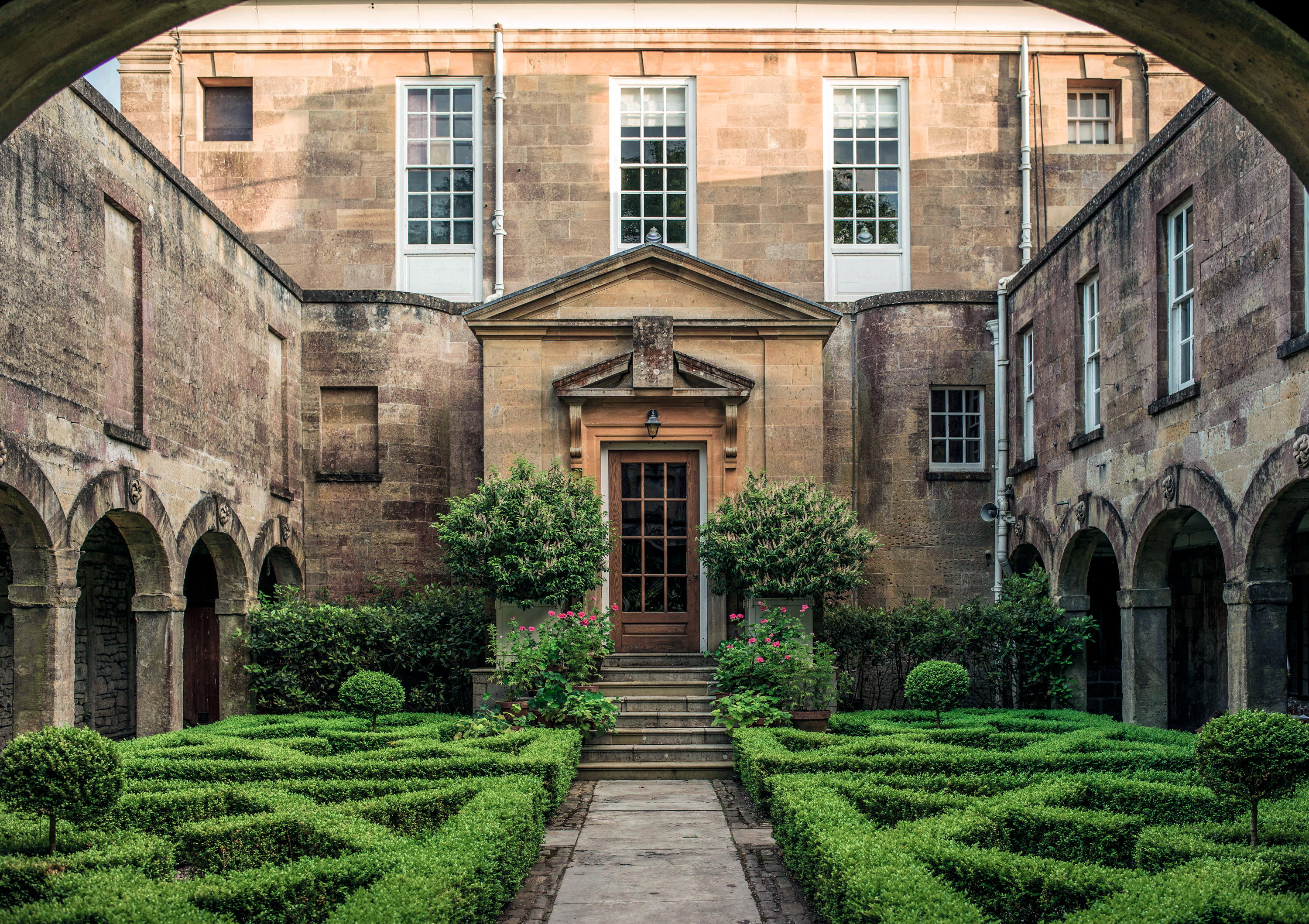 'There are architects and architects, but only one ARCHITECT': Sir Edwin Lutyens and the wartime Chancellor who helped launch his stellar career
'There are architects and architects, but only one ARCHITECT': Sir Edwin Lutyens and the wartime Chancellor who helped launch his stellar careerClive Aslet explores the relationship between Sir Edwin Lutyens and perhaps his most important private client, the politician and financier Reginald McKenna.
By Clive Aslet
-
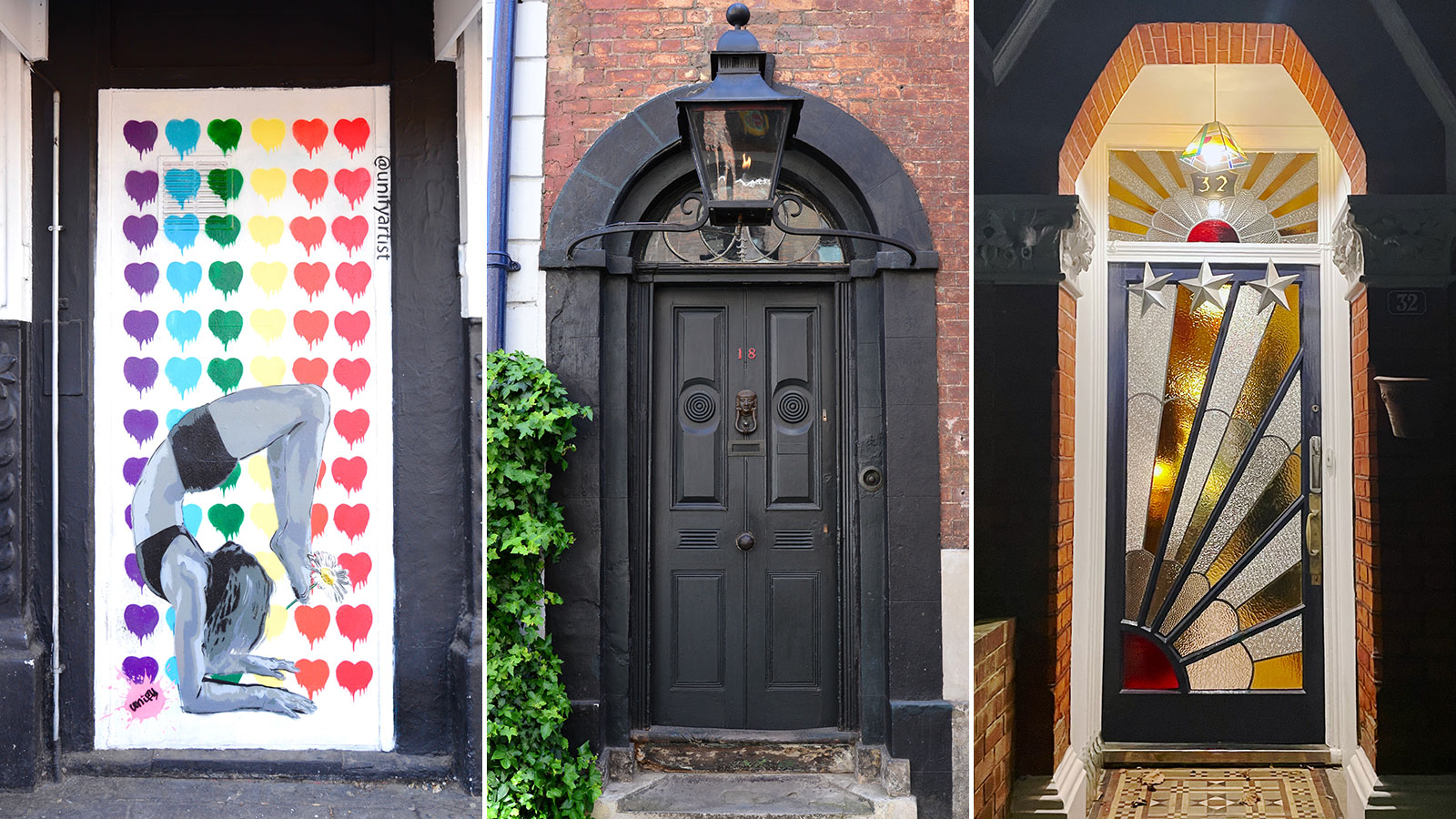 Cath Harries — The photographer on a 15-year quest to find the most incredible doors in London
Cath Harries — The photographer on a 15-year quest to find the most incredible doors in LondonBy Toby Keel
-
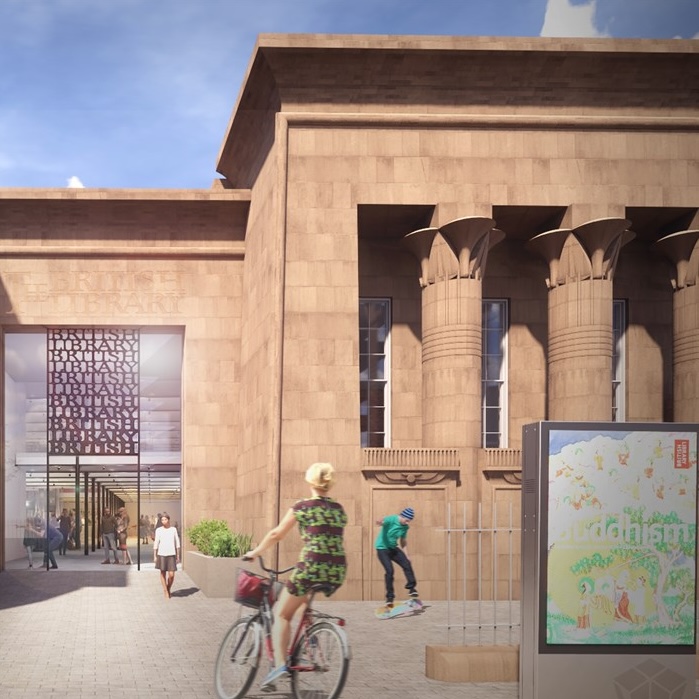 The extraordinary Egyptian-style Leeds landmark hoping to become a second British Library — and they used to let sheep graze on the roof
The extraordinary Egyptian-style Leeds landmark hoping to become a second British Library — and they used to let sheep graze on the roofThe project has been awarded £10million from the Government, but will cost £70million in total.
By Annunciata Elwes
-
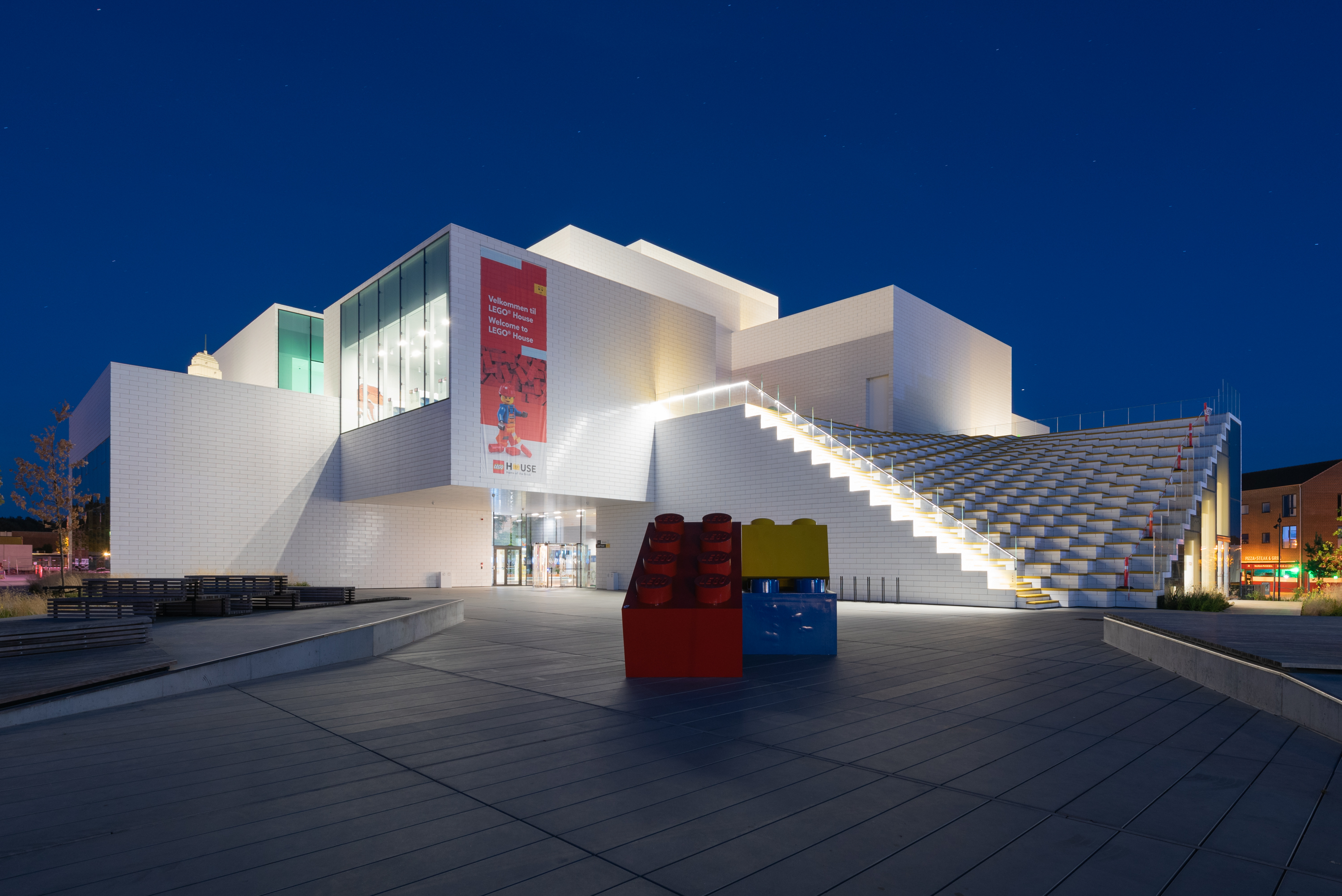 Art, architecture and plastic bricks at Lego House: 'It's as if the National Gallery set up easels and paints next to the masterpieces and invited you try your hand at creating a Van Gogh'
Art, architecture and plastic bricks at Lego House: 'It's as if the National Gallery set up easels and paints next to the masterpieces and invited you try your hand at creating a Van Gogh'The rural Danish town where Lego was created is dominated by the iconic toy — and at Lego House, it has a fittingly joyful site of pilgrimage. Toby Keel paid a visit.
By Toby Keel
-
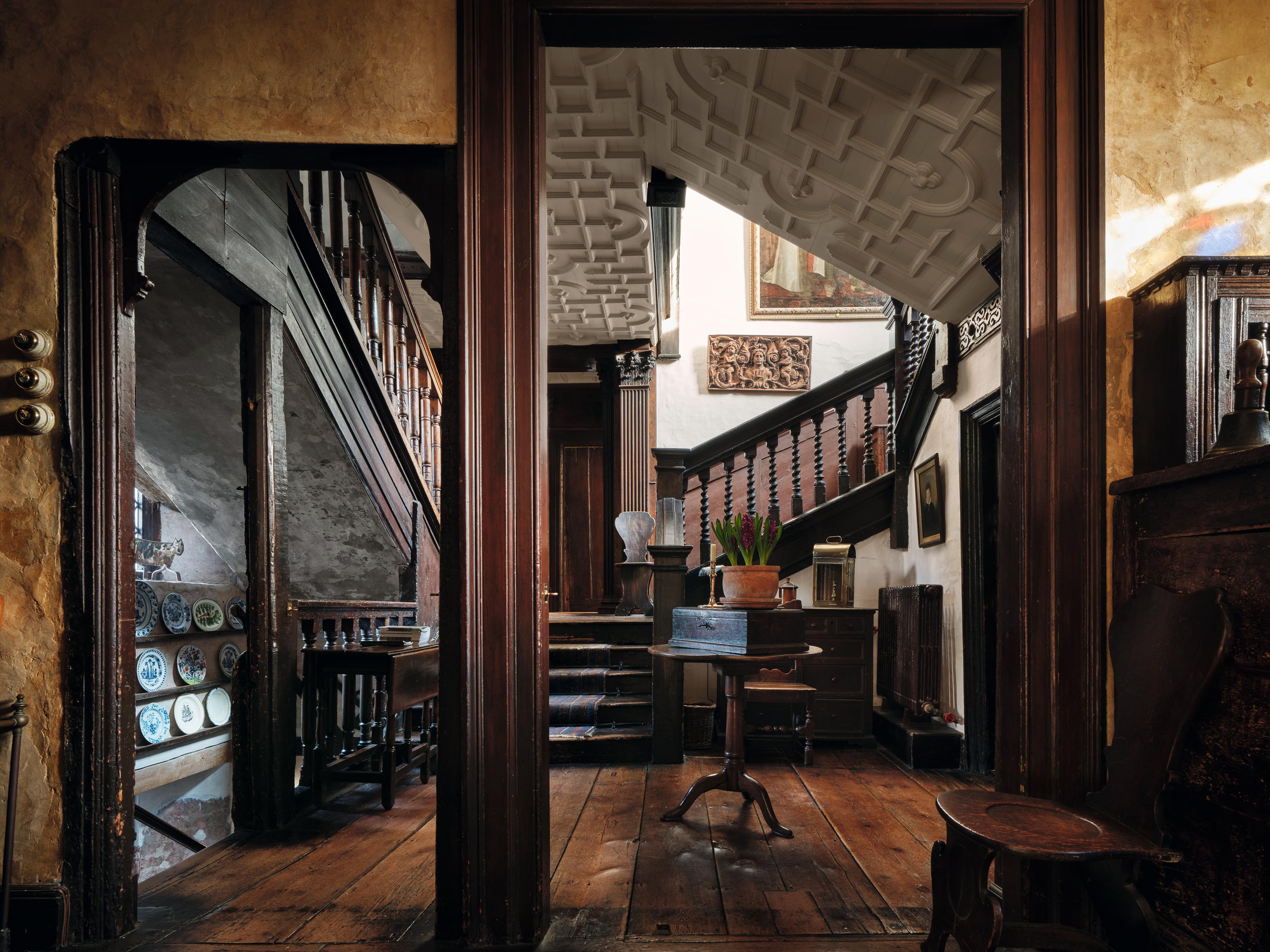 Restoration House: The house in the heart of historic Rochester that housed Charles II and inspired Charles Dickens
Restoration House: The house in the heart of historic Rochester that housed Charles II and inspired Charles DickensJohn Goodall looks at Restoration House in Rochester, Kent — home of Robert Tucker and Jonathan Wilmot — and tells the tale of its remarkable salvation.
By John Goodall
-
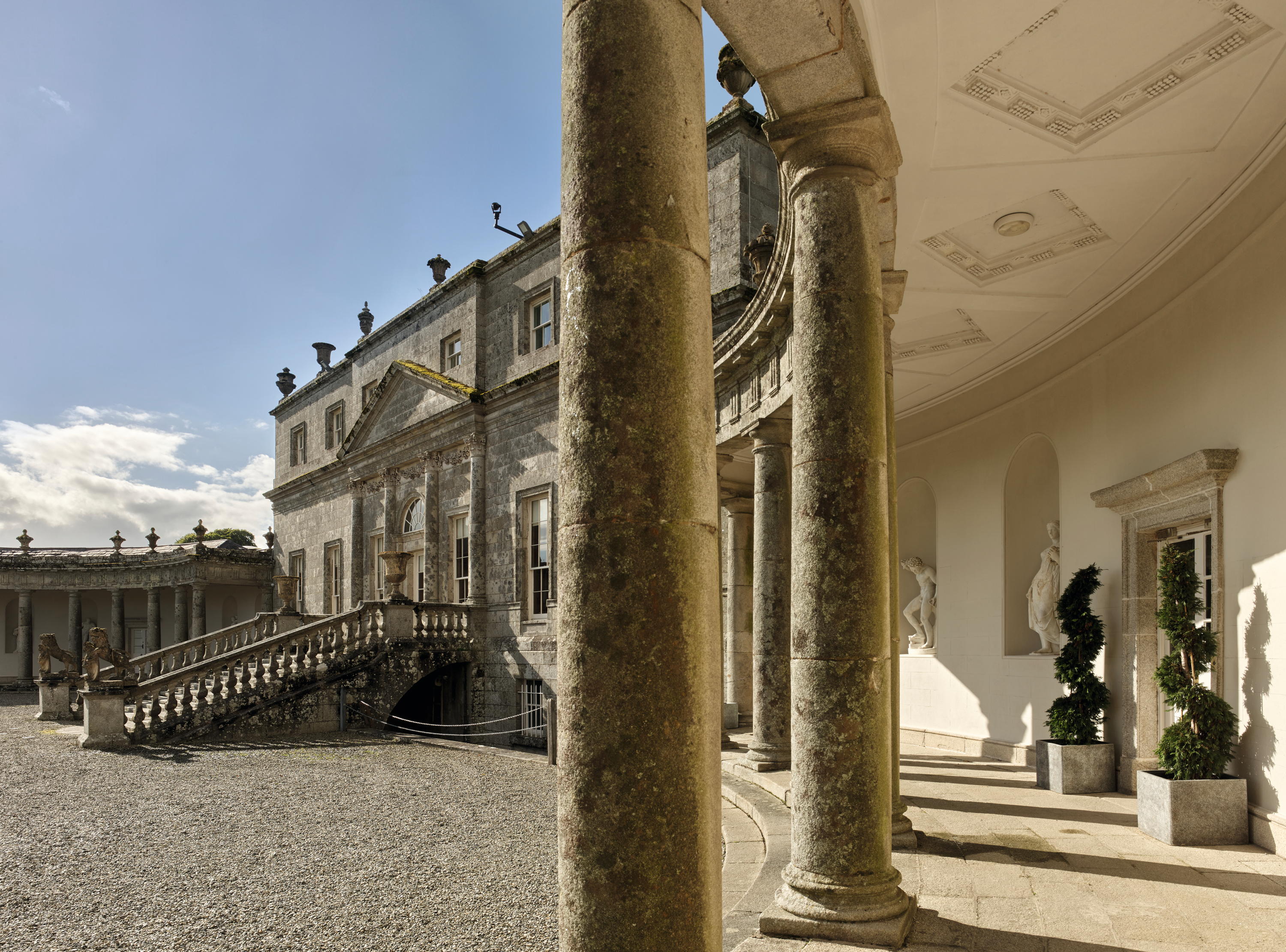 'A glimpse of the sublime': Inside the drawing room of the 'grandest Palladian house in Ireland'
'A glimpse of the sublime': Inside the drawing room of the 'grandest Palladian house in Ireland'The redecoration of the drawing room at Russborough House in Co Wicklow, Ireland, offers a fascinating insight into the aesthetic preoccupations of Grand Tourism in the mid 18th century. John Goodall explains; photography by Paul Highnam for Country Life.
By John Goodall